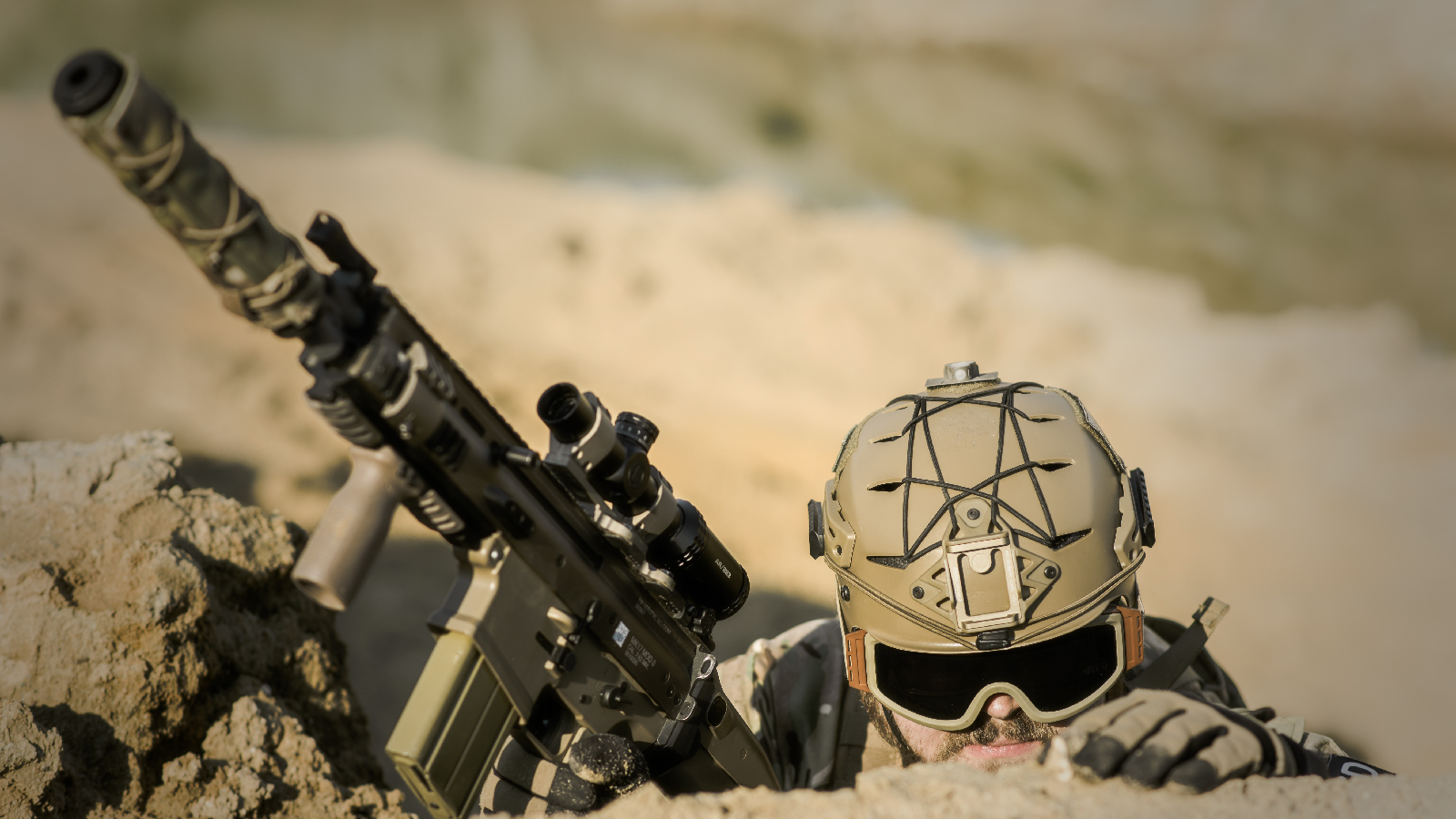(Graphic by Code and Dagger.)
As U.S. officials raise the alarm about reportedly mysterious directed energy attacks on diplomats abroad and as close to home as around the White House, a concerning echo of a Cold War crisis grows louder. That was when the Soviet Union was accused of using microwave attacks that hit American officials in the Moscow embassy, in what the CIA reportedly dubbed “Operation Pandora.”
Back in 1972 Washington Post investigative columnist Jack Anderson wrote that deep in the CIA’s files was a report that “describes how the Russians bombarded our embassy with eerie, low-radiation impulses.” (A copy [PDF] of Anderson’s original article is housed in the CIA’s public archives, but sadly the file Anderson references doesn’t appear to be.)
Anderson said that beginning in the 1960s “U.S. security men discovered the strange microwave impulses, some steady, some pulsating, directed into our Moscow embassy from a neighboring building.
“The CIA quickly learned that Russian medical literature suggested microwaves can cause nervous tension, irritability, even disorders,” Anderson wrote. “They speculated that the Russians were trying to drive American diplomats stir crazy with the waves.”
By 1976 another explanation presented itself: the beams were counter-surveillance technology meant to disrupt American-installed listening devices on the roof of the embassy, according to Soviet officials. That U.S. embassy staff may be collateral damage was, some officials suspected, just a happy coincidence for the Kremlin.
That same year the U.S. State Department painted it as a diplomatic victory when its spokesperson announced the U.S. had convinced Moscow to turn the radiation beam down — but not off.
“The strength of the signal beamed to the embassy in Moscow has been greatly reduced from previous recordings, which were themselves well below established United States safety standards,” then-spokesperson Robert Funseth is quoted as saying in press reports. “Frankly, we regret that the Soviets have failed to turn off the transmissions completely, and thereby, in our judgment, demonstrated a lack of concern for the living and working conditions of our people in Moscow.”
In 2018, when the first reports of the fresh wave of alleged attacks came to light involving embassy staff in Cuba, Fairfax resident Lois Mansfield, the wife of a former foreign service officer, immediately thought back to the Cold War.
“Surely I am not alone in drawing a parallel between the attacks on U.S. diplomats in Havana resulting in hearing loss and traumatic brain injury and the microwave bombardment of the U.S. Embassy in Moscow from 1964 to 1979,” Mansfield wrote in a letter to The Washington Post and published in the Foreign Service Journal. “Hundreds of Americans were exposed, including my husband (the Air and Defense attache around 1970), our three children and me.”
Mansfield referenced a Johns Hopkins study of the Cold War-era attacks that concluded the exposure to microwaves did not appear to lead to any adverse health effects, though there were varying interpretations of the risk.
Whatever the source and cause of the new attacks, they hardly seem benign, as several officers have reported acute health effects. And despite its denials, Russia remains a top suspect.
“Ultimately we will identify those responsible for these attacks on American personnel and will hold them accountable,” the bi-partisan leadership of the Senate Intelligence Committee said in April.
[Do you have a tip or question for Code and Dagger? Send it along at CodeAndDagger@protonmail.com. Also, consider contributing to Code and Dagger on Patreon at Patreon.com/CodeAndDagger.]











